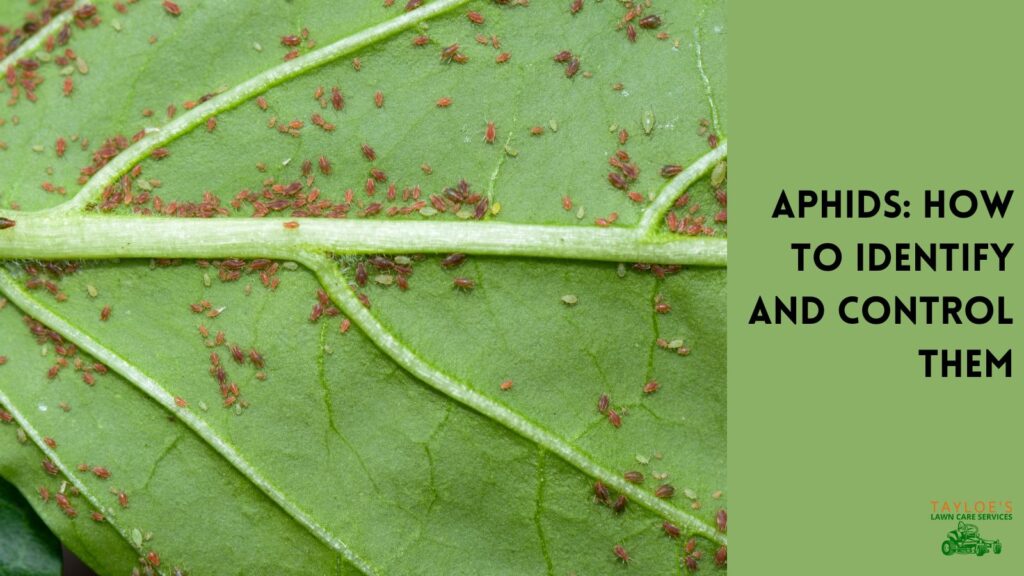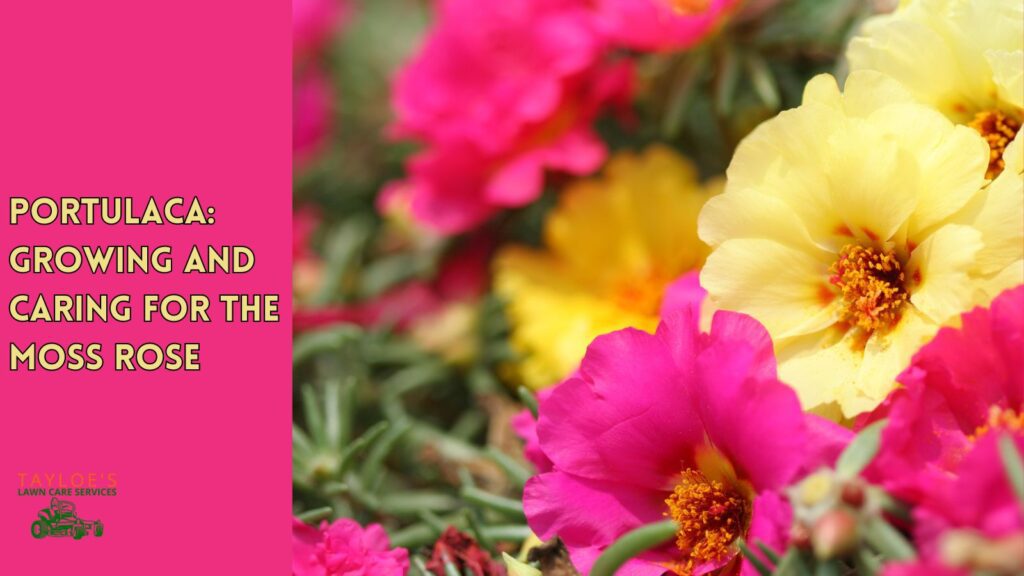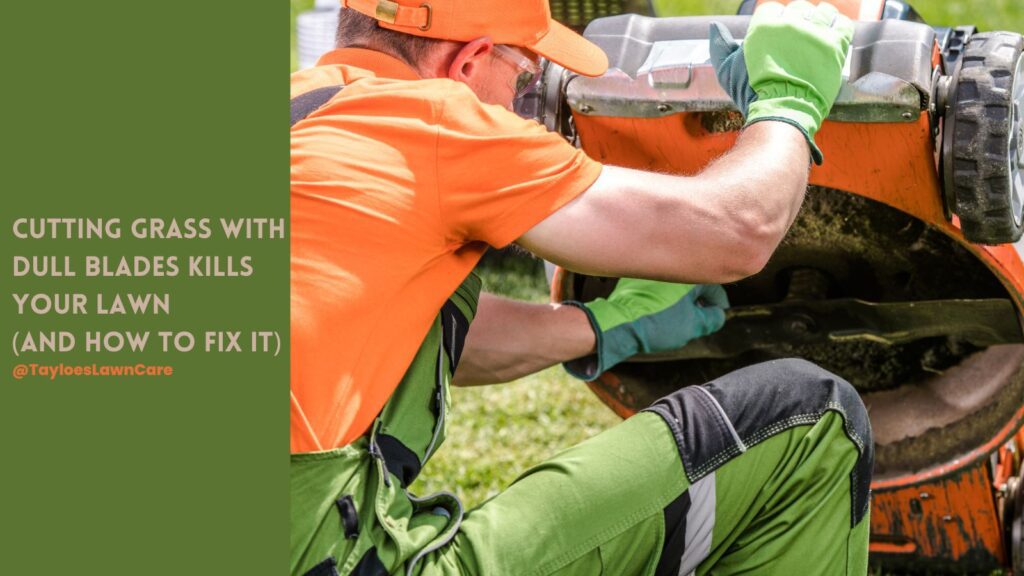Last Updated on: 1st June 2024, 08:45 am
Aphids destroying your beautiful rose bushes?
Ready to learn how to get rid of aphids on roses?
Need various strategies explained in simple, easy-to-follow steps so you can tackle the problem TODAY?
Whether these tiny pests are devouring your blooms or sapping the vigor from your plants, we’ve compiled the most effective solutions to help you reclaim the health and beauty of your garden.
This is the guide you’ll want to bookmark. Let’s jump right in.
What Are Aphids?
Aphids are a common garden menace, notorious for damaging many plants, including the cherished rose. These pests are small, typically between 1/16-inch and 1/4-inch in length, and have soft, oval bodies.
They often cluster in large groups, visibly infesting plants.
Aphids have a life cycle, including overwintering as eggs beneath leaves or within garden debris.
Come spring, these eggs hatch into larvae that aggressively consume plant sap, severely weakening their hosts.
Under crowded conditions, these larvae can become winged adults and spread to new plants. This adaptability makes aphids a resilient threat in almost all climate zones.
How to Spot Aphids in Your Rose Garden
Aphids might be tiny, but they leave clear, identifiable signs of their presence on your roses.
Early detection is crucial for effective control, so here’s what you need to be vigilant for when inspecting your plants:
- Check for Visual Signs of Aphids
- Location on the Plant: Aphids typically attack the most tender parts of plants where their mouth parts can easily pierce through the plant tissues.
Regularly examine rose buds and the tips of new leaf shoots, as these are the prime feeding sites for aphids.
- Appearance: Aphids can vary in color—watch for clusters of green, white, black, red, or brown insects.
These clusters can sometimes be mistaken for dirt or debris, so look closer.
- Hiding Spots: Don’t forget to inspect the undersides of leaves.
Aphids like to hide there, away from direct sunlight and potential predators.
- Identify Signs of Aphid Activity
- Shiny or Sticky Leaves: If you notice that the leaves of your rose plants are unusually shiny or sticky, it’s likely due to aphid secretions, known as honeydew.
This sticky coating can attract other insects and create a messy look on the plant.
- Sooty Mold: As honeydew accumulates, it can foster the growth of a black fungal disease known as sooty mold.
Look for black patches on leaves, buds, or stems. These patches look unsightly and interfere with the plants’ ability to photosynthesize.
- Ant Activity: Aphids and ants have a mutual relationship—ants feed on the honeydew produced by aphids.
Observing an increase in ant activity around your rose plants can indicate aphid presence.
Action Step: Dedicate weekly time to walk through your garden and inspect your plants closely, especially during the growing season when aphids are most active.
How to Get Rid of Aphids on Roses
Now that you’ve ascertained the presence of these professional sap suckers on your roses, it’s time for some organic action to flush them out.
Here is how to get rid of aphids on roses fast:
Direct Water Spray
Action: Use a garden hose with a nozzle set to a sharp but gentle spray. Aim directly at the clusters of aphids.
The force of the water will dislodge them from the rose bushes without damaging the plants.
Why It Works: Aphids are not strong swimmers. A forceful spray of water knocks them off the plants and makes climbing back on difficult.
Soap Them Away
Action: Mix 2 tablespoons of organic liquid soap (like castile soap) with 2-3 cups of water in a spray bottle.
Shake well, then thoroughly spray the affected areas of your roses, especially under the leaves and underneath the side of every flower–where aphids like to hide.
Also, completely coat any newly emerging buds with the solution, as aphids are particularly drawn to tender new growth.
Why It Works: The soap solution breaks down aphids’ waxy exteriors, effectively dehydrating and killing them.
Apply Neem Oil
Action: Dilute neem oil according to package directions and apply it to all surfaces of your rose plants, focusing on areas where aphids are concentrated.
Why It Works: Neem oil is a natural pesticide that disrupts the hormonal balance of aphids, preventing them from feeding, maturing, and reproducing.
Introduce Beneficial Insects
Action: Enhance your garden’s biodiversity by planting species that attract beneficial insects like green lacewings and ladybugs. Plants such as dill, fennel, mint, and yarrow are particularly attractive to these predators.
Alternatively, you can purchase ladybugs and lacewing larvae from garden centers or online to release into your garden for direct aphid control.
Why It Works: These predators naturally feed on aphids, providing effective control without harming your plants.
Encourage Bird Activity
Action: Set up bird feeders and baths to attract aphid-eating birds to your garden. Ensure these are placed in locations that give birds easy access to your rose bushes.
Why It Works: Birds like finches and chickadees eat aphids and can naturally help control their population.
How to Prevent Aphids on Roses
Once you’ve cleansed your roses of aphids, there are numerous strategies you can implement to safeguard them from future infestations.
Below are some top methods to keep your roses thriving and aphid-free:
Maintain Plant Health
- Optimize Growing Conditions: Ensure your roses receive the right amount of sunlight, water, and nutrients. Roses thrive in well-draining soil and require about six hours of direct sunlight daily.
- Provide Adequate Nutrition: To nourish your roses, use a balanced fertilizer. Opt for slow-release fertilizers that provide nutrients gradually, helping to avoid the spurts of tender growth that aphids find irresistible.
Regular Monitoring and Inspection
- Routine Checks: Regularly inspect your roses for signs of aphids or other pests. Focus intently on the undersides of leaves, as this is where aphids often congregate.
- Quarantine New Additions: Before introducing new plants to your garden, quarantine them and inspect them thoroughly for pests. This can prevent the accidental introduction of aphids.
Natural Repellents and Companion Planting
- Strategic Planting: Integrate plants that naturally repel aphids into your garden layout. Garlic, onions, chives, catnip, and marigolds emit scents that aphids find displeasing and can help to keep them at bay.
- Companion Planting for Deterrence: Position plants known to deter aphids directly next to your roses. This creates a natural protective barrier against pests.
Manage Fertilization
- Control Fertilizer Use: Avoid excessive use of high-nitrogen fertilizers, as these can promote lush new growth that aphids prefer.
Balance your fertilizer regimen to promote steady, healthy growth without excess soft, new shoots.
Diversion Tactics
- Use Trap Plants: To draw aphids away from your roses, incorporate more attractive plants. Mustard, nasturtium, sunflower, and nettles can be effective aphid magnets.
Place these trap plants strategically around the perimeter of your rose garden.
Now that you have a strong arsenal of tactics for preventing and treating aphid infestations, it’s crucial to recognize the signs of damage early.
This will help you take timely action before these pests can cause irreversible harm to your roses, ensuring that you remain one step ahead in maintaining the health of your garden.
The Tell-Tale Signs of Aphid Damage on Roses
Here are the key symptoms to note:
- Leaf Changes: Aphids typically attack the undersides of leaves, sucking out sap and essential nutrients. This results in leaves that appear curled, shriveled, or discolored.
You might also notice a general wilting, as the leaves struggle to maintain their hydration and structure.
- Growth Impairment: As aphids feast on new growth, they inject saliva that stunts plant development. This manifests as misshapen or unusually small foliage and stems, which can affect the plant’s overall growth trajectory.
- Flower Deformation: The most noticeable impact of aphids is on the roses themselves. Buds may appear underdeveloped, distorted, or might not open at all.
Flowers affected by aphids often lack the usual vigor and form, appearing twisted or malformed.
- Bud Drop: An advanced sign of aphid damage is when buds begin to fall prematurely. This occurs because the aphids weaken the plant’s structure to the point where it can no longer support its blooms.
This symptom is particularly distressing as it directly affects the reproductive success of your roses.
And yes, you guessed it right: once your roses’ reproductive process is compromised, it affects not just the aesthetics of your garden but also its future growth and propagation.
You don’t want that. Right?
You’ve Got It All Now: How to Get Rid of Aphids on Roses
Act quickly. Be the first to pull the trigger before the “enemy” does.
That liquid castile soap in your under-sink cabinet? Get it working!
Start with what you have right now. Mix it up, spray those aphids away, and watch your roses revive and flourish. Your action today is the first step towards a thriving garden by getting rid of aphids on roses.
Need a hand with lawn care or gardening? Reach out to Tayloe’s Lawn Care Services, LLC, today.
Author Profile

- Maureen Abuor
- Maureen Abuor is a professional content marketing strategist and SEO strategist, with particular knowlege of creating landscaping and gardening content that informs and delights her audience. When she's not working, she's a busy mother of three precious little ones and child of God.
Latest entries
 Lawn CareApril 29, 2025Best shady area grass seed for Eastern NC
Lawn CareApril 29, 2025Best shady area grass seed for Eastern NC GardeningApril 15, 2025How do I make organic soil for the garden?
GardeningApril 15, 2025How do I make organic soil for the garden? Flower GardenMarch 7, 2025What are wave petunias?
Flower GardenMarch 7, 2025What are wave petunias? Flower GardenMarch 3, 202520 Full-sun annuals for your spring and summer garden
Flower GardenMarch 3, 202520 Full-sun annuals for your spring and summer garden









